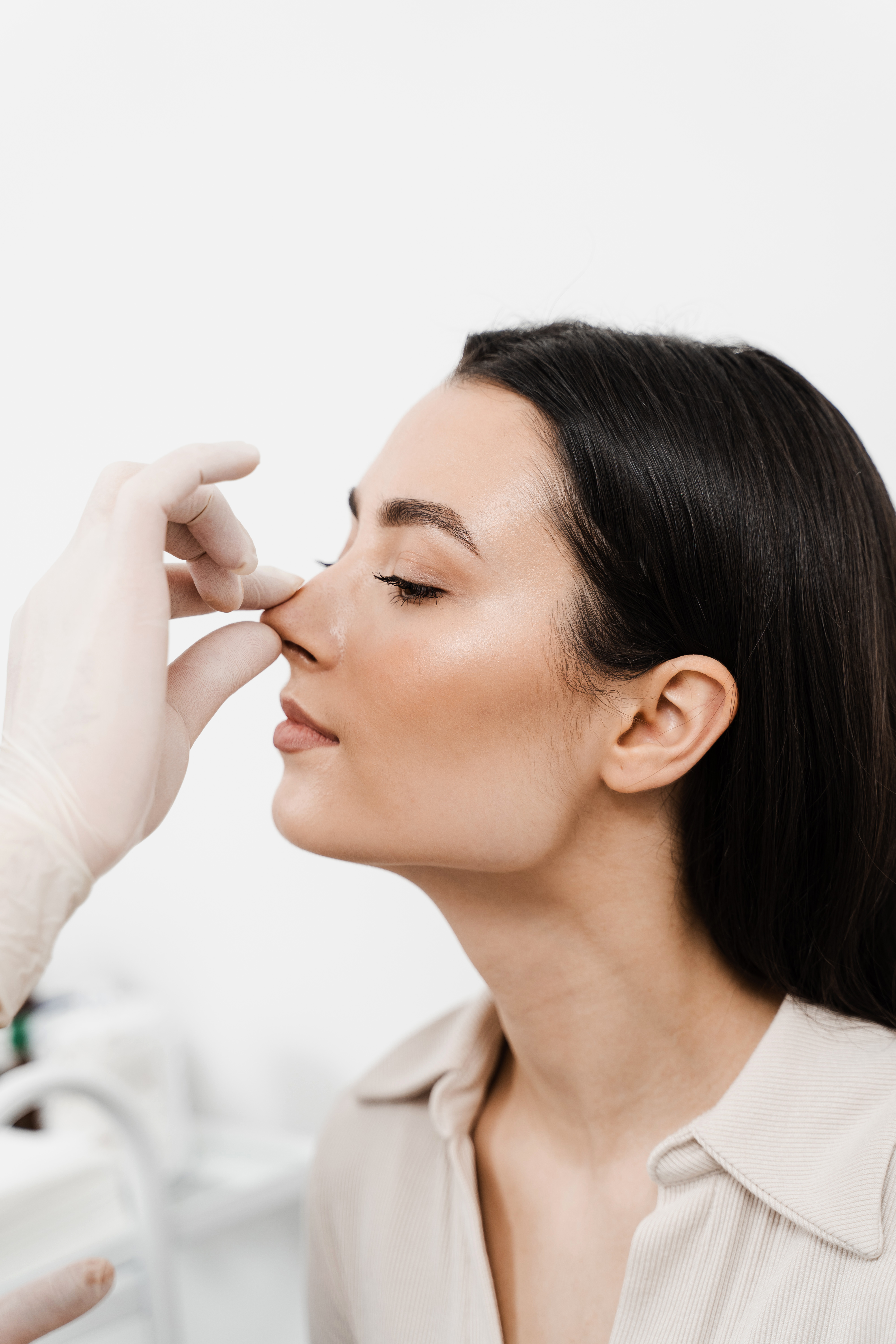Chin Reshaping (Genioplasty)
Professional medical service with experienced doctors and modern techniques.





Description
Genioplasty
Genioplasty is a type of surgery performed on the chin. It involves reshaping the patient’s facial profile and symmetry, aligning the chin with the nose and smile for improved harmony. This procedure may be performed alone or in combination with other chin-related surgeries to achieve the patient’s desired medical or cosmetic outcome. It is considered one of the most common cosmetic procedures, as it is requested not only for medical reasons but also for aesthetic enhancement.
Procedures That May Be Combined with Genioplasty
- Chin augmentation or reduction
- Jaw surgery
- Correction of asymmetrical chin
When Should Genioplasty Be Considered?
- If your facial features and chin are disproportionate
- If you have a large chin (macrogenia), a very small or misshapen chin (microgenia), a weak, recessed, or slightly protruding chin (retrogenia), or a prominent, excessively protruding chin (mandibular prognathism)
- If you have a recessed chin with an overbite (retrognathia)
- If you have a double chin, or an aging neck and jawline
If you experience one or more of the above concerns, are in good overall health, have realistic expectations, and feel emotionally ready with a positive outlook, you may be an excellent candidate for this procedure.
Advantages
- Bone healing is generally fast, though it varies with age.
- There are usually no visible scars after surgery.
- The shape and direction of the chin can be resized and repositioned.
Disadvantages
-Sometimes the fixation plate and screws may need to be removed.
-Temporary facial swelling, numbness, and pain in the lower lip may occur due to the chin cut being close to the mental nerves.
Risks
When performed by a skilled and qualified surgeon, the risk of complications in genioplasty is rare. However, as with all surgical procedures, there is always a degree of risk. Possible complications include:
- Nerve injury in the lower lip or chin
- Temporary or permanent numbness at the surgical site
- Damage to lower teeth
- Bleeding
- Infection
- Permanent facial asymmetry
Techniques
All chin aesthetic surgeries are performed through an incision made either under the chin or inside the mouth. Depending on the purpose of the surgery, this may involve cutting or removing part of the chin bone, or placing a chin implant. These procedures are usually performed under general anesthesia and require hospitalization.
There are two different types of chin aesthetics: sliding genioplasty and chin implants.
Before Surgery
Before Genioplasty
Before proceeding with genioplasty, a comprehensive consultation ensures clear communication between you and our expert team.
During this critical stage, we take the time to understand your goals, carefully evaluate the anatomy of your chin, and prepare a personalized plan that aligns perfectly with your desired outcomes.
This collaborative approach ensures that every aspect of the procedure is meticulously planned and carried out to achieve results that meet your expectations and enhance your overall satisfaction.
Surgery
Genioplasty
Genioplasty requires meticulous adjustments to the bone and tissues of the chin.
Surgeons skillfully reshape and reposition these structures to create a profile that harmonizes with the facial features. With precision and care, the procedure is performed to ensure natural and balanced results that integrate seamlessly with overall facial aesthetics.
After Surgery
- To ensure a healthy recovery, it is very important to follow all instructions given by your surgeon.
- Unless medically required, the hospital stay is limited to 1 day.
- After discharge, you will have postoperative check-ups on the dates scheduled by your surgeon.
- During the first week after surgery, you should consume only liquids that are clear and grain-free. In the second week, you may have semi-solid, mashed, grain-free foods. From the third week onward, you can begin eating normal solid foods. Oral hygiene must be maintained after every meal, and care should be taken with the stitches.
- It may take about one week to return to your daily routine.
- You will experience some pain, which can be relieved with painkillers and typically lasts only two to three days.
- On the days specified by your surgeon, you may feel tired and sensitive.
- Smoking reduces circulation, delays wound healing, and significantly increases the risk of serious complications. You should stop smoking at least four weeks before and four weeks after your procedure.
- Consult your surgeon to plan your return-to-work date depending on your workload.
- Exercise and most activities can usually be resumed after three weeks.
What Our Patients Said
Elevate Your Beauty Experience with Medicci
Whether you are considering a facelift, liposuction, or rejuvenating treatments, our surgeon is ready to create a personalized plan for you.
Frequently Asked Questions
Recovery time varies depending on the procedure and individual factors. Your surgeon will provide specific guidance.
Book Now
Related Services

Rhinoplasty

Otoplasty (Ear Reshaping Surgery)

Mid-Facelift Surgery

